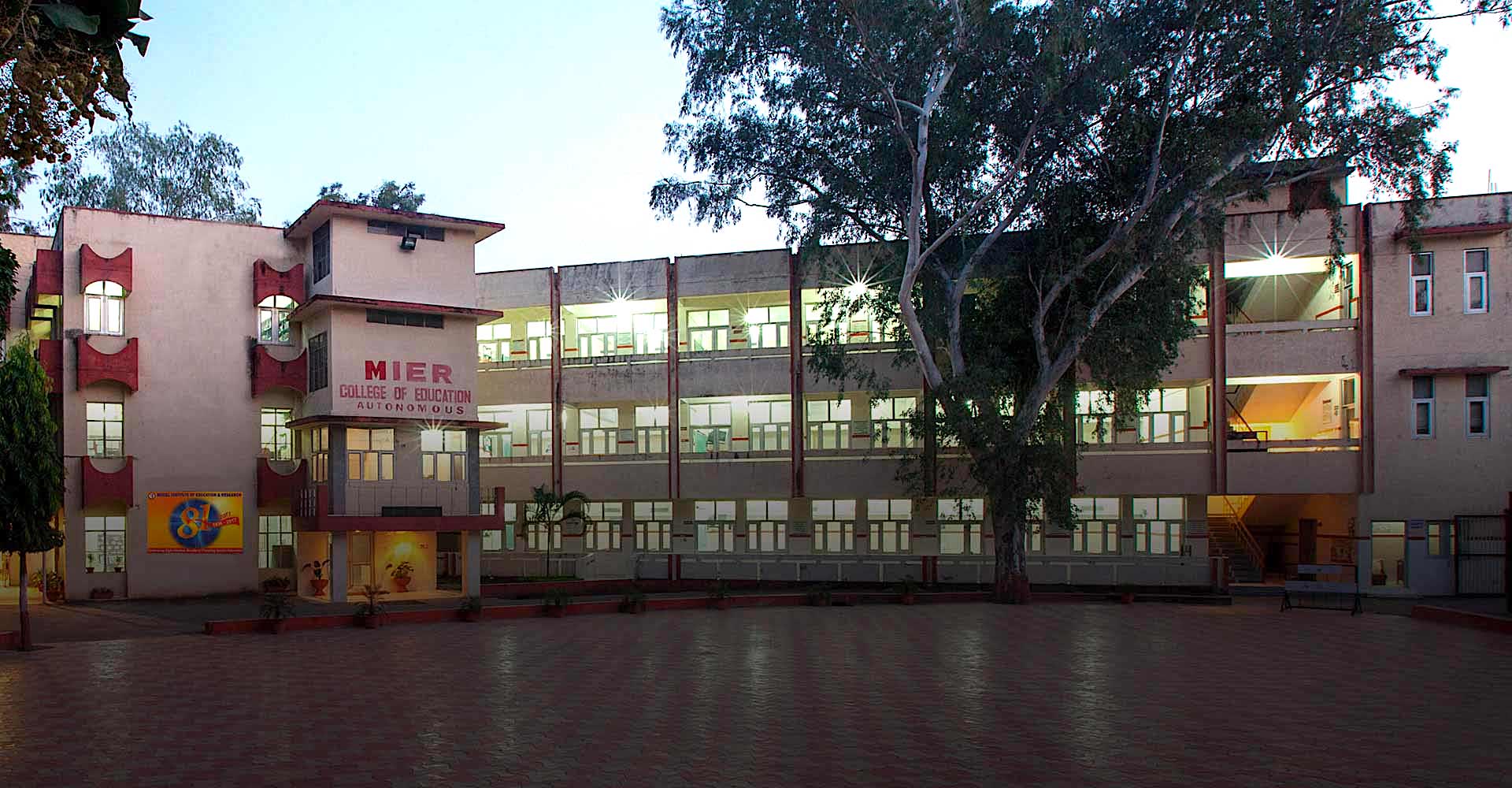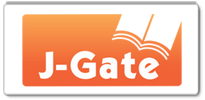Pathways of Indian Students Transition Through Higher Education: Why do they differ?
DOI:
https://doi.org/10.52634/mier/2024/v14/i1/2564Keywords:
Higher Education, Decision Making, Differential Pathways, Digital transitionAbstract
Differential pathways followed by the students deserve more attention due to the development of school education in general and higher education in particular during the last two decades in India. Due to the consistent efforts by the Indian government at the school education level, students arriving at the doors of higher education institutions are no longer homogeneous. As a result, the diversity of students in higher education institutions leads towards diversification of pathways followed by the heterogeneous segments of students. There is a real shortage of studies which have researched the students’ differential pathways through higher education in general and specifically in the Indian context from the micro perspective. This study examines the decision-making process and differential trajectories followed by the students during the transition from secondary to higher education. The methodology of the present study involves a mixed-method approach and data was collected from a sample of 900 senior secondary students. A Self-structured questionnaire and semi-structured interviews were used for the collection of data. The findings reveal that the decision-making process of transition through higher education is complex and involves different stakeholders and timelines in the Indian context.
Downloads
Metrics
Downloads
Published
How to Cite
Issue
Section
License
Copyright (c) 2024 Rashim Wadhwa, Mudasur Ahmad Wani, Nishta Rana

This work is licensed under a Creative Commons Attribution 4.0 International License.
The articles published in the MIER Journal of Educational Studies, Trends and Practics (MJESTP) are distributed under the terms of the Creative Commons Attribution License (CC BY 4.0), which permits unrestricted use, distribution, and reproduction in any medium, provided the original author and source are credited.
- Copyright on any open access article in the MIER Journal of Educational Studies, Trends and Practics (MJESTP) published by Model Institute of Education and Research (MIER) is retained by the author(s).
- Author(s) grant MIER a license to publish the article and identify himself/herself/themselves as the original publisher.
- Authors also grant any third party the right to use the article freely as long as its integrity is maintained and its original authors, citation details and publisher are identified.
- The Creative Commons Attribution License 4.0 formalizes these and other terms and conditions of publishing articles.
References
Akerlof, G. A. (1997). Social distance and social decisions. Econometrica: Journal of the Econometric Society, 65, 1005-1027. https://doi.org/10.2307/2171877 DOI: https://doi.org/10.2307/2171877
All India Survey Report on Higher Education. (2021). AISHE Reports 2021-22. Retrieved 2023-04-02, from https://aishe.gov.in/aishe/gotoAisheReports
Azam, M., & Blom, A. (2004). Progress in Participation in Tertiary Education in India from 1983 to. 2004 Journal of Educational Planning and Administration, 23, 125-167. Retrieved from https://ssrn.com/abstract=1315614
Basant, R., & Sen, G. (2010). Who Participates in Higher Education in India? Rethinking the Role of Affirmative Action. Economic & Political Weekly, 45(39), 62-70. Retrieved from www.jstor.org/stable/25742122
Bhorkar, S. (2023). Public perceptions on education provision: The case for reforming India’s unequal school system. ORF issue brief no. 651. Retrieved from https://www.orfonline.org/wp-content/uploads/2023/07/ORF_IB-651_Public-perceptions-on-school-education-provision.pdf
Bloomer, M., & Hodkinson, P. (1997). Moving into fe: The voice of the learner. London: FEDA Report.
Bois-Reymond, D., & M. (1998). I don’t want to commit myself yet’: young people’s life concepts. Journal of Youth Studies, 1(1), 63-79. DOI: https://doi.org/10.1080/13676261.1998.10592995
Bourdieu, P., & Passeron, J. (1977). Reproduction in education, society, and culture. Beverly Hills, CA: Sage.
Bradshaw, G. S., Espinoza, S., & Hausman, S. (2001). The college decision-making of high-achieving students. College and University, 77(2), 15- 22.
British Council. (2014). Understanding India: The future of higher education and opportunities for international cooperation. Retrieved from http://www.britishcouncil.org/sitesbritishcouncil.uk2/files/understanding_india_report.pdfon15/5/2023
Cabrera, A., & Nasa, S. L. (2000). Understanding the college choice of disadvantaged students. In A. Cabrera & S. L. Nasa (Eds.), Understanding the college choice of disadvantaged students (p. 5-22). Jossey Bass Publishers. DOI: https://doi.org/10.1002/ir.10701
Ceja, M. (2006). Understanding the role of parents and siblings as information sources in the college selection process of Chicana students. Journal of College Student Development, 47(1), 87-104. DOI: https://doi.org/10.1353/csd.2006.0003
Chapman, D. W. (1981). A model of student college choice. Journal of Higher Education, 52(5), 490-505. DOI: https://doi.org/10.1080/00221546.1981.11778120
Donnell, V. L., Kean, M., & Stevens, G. (2016). Student transition in Higher Education. Retrieved from https://s3.eu-west-2.amazonaws.com/assets.creode.advancehe-document-manager/documents/hea/private/resources/student_transition_in_higher_education_1568037357.pdfon6/6/2023
Foskett, N. H., & Hemsley-Brown, J. (2001). Choosing futures: Young people’s decision-making in education, training and career markets. London: Routledge.
Gale, T., & Parker, S. (2014). Navigating change: a typology of student transition in higher education. Studies in Higher Education, 39(5), 734- 753. DOI: https://doi.org/10.1080/03075079.2012.721351
Gandara, P. (2002). A study of high school Puente: What we have learned about preparing Latino youth for postsecondary education. Educational Policy, 16, 474-495. DOI: https://doi.org/10.1177/0895904802016004002
Goldrick-Rab, S., Carter, D. F., & Wagner, R. W. (2007). What higher education has to say about the transition to college. Teachers College Record, 109(10), 2444-2481. Retrieved from https://torcschools.hshs.schooldesk.net/Portals/Torcschools/Hshs/docs/Pearlman/Collegearticle1.pdf DOI: https://doi.org/10.1177/016146810710901007
Hass, C., & Hadjar, A. (2020). Students’ trajectories through higher education: A review of quantitative research. Higher Education, 79, 1099-1118. DOI: https://doi.org/10.1007/s10734-019-00458-5
Hossler, D., Schmit, J., & Vesper, N. (1999). Going to college: How social, economic, and educational factors influence the decisions students make. Baltimore: Johns Hopkins University Press.
Jackson, G. A. (1982). Public efficiency and private choice in higher education. Educational Evaluation and Policy Analysis, 4, 237-247. Joshi, K. M., & Ahir, K. V. (2016). Higher Education growth in India: Is growth DOI: https://doi.org/10.3102/01623737004002237
appreciable and comparable? Retrieved 2023-02-04, from https://core.ac.uk/reader/222956450
Macrae, S., Maguire, M., & Ball, S. (1996). Opportunity knocks: Choice in the post-16 education and training market. In Markets in Education: Policy, process and practice, Vol. 2: Markets in Post-Compulsory Education. Southampton, UK: Centre for Research in Education Marketing, School of Education, University of Southampton.
Mcdonough, P. M. (1997). Choosing colleges: How social class and schools structure opportunity. Albany: State University of New York Press.
Payne, J. (2003). Choice at the end of compulsory schooling: A research review. Retrieved from https://webarchive.nationalarchives.gov.uk/ukgwa/20130401151715/http://www.education.gov.uk/publications/eOrderingDownload/RR414.pdf
Quinn, J. (2010). Rethinking ‘failed transitions’ to higher education. In K. Ecclestone, G. Biesta, & M. Hughes (Eds.), Transitions and learning through the life course (p. 118-129). London, UK: Routledge.
Ravi, S., Gupta, N., & Nagaraj, P. (2019). Reviving Higher Education in India. Retrieved from https://www.brookings.edu/wp-content/uploads/2019/11/Reviving-Higher-Education-in-India-email-1.pdf
Reay, D. (1998). Always Knowing and Never Being Sure: Institutional and Familial Habituses and Higher Education Choice. Journal of Education Policy, 13, 519-529. DOI: https://doi.org/10.1080/0268093980130405
Rosenbaum, J. E., Deil-Amen, R., & Person, A. (2006). After admission: from college access to college success. New York: Russell-Sage.
Sabharwal, N. S., & Malish, C. M. (2017). Student Diversity and Challenges of Inclusion in Higher Education in India. International Higher Education, 91, 25-27. DOI: https://doi.org/10.6017/ihe.2017.91.10136
Sinha, S. (2018). Regional Disparities in Availability, Access and Equity in Higher Education in India. In N. V. Varghese, N. S. Sabharwal, & C. M. Malish (Eds.), Education Report 2016 on Equity (p. 131-168). New Delhi: Sage Publications. DOI: https://doi.org/10.4135/9789353280611.n6
Tilak, J. B. G. (2015). How inclusive is higher education in India? Social Change, 45(2), 185-223. DOI: https://doi.org/10.1177/0049085715574178
Tilak, J. B. G., & Choudhary, P. (2019). Inequalities in access to higher education in India between the poor and the rich. Working paper 1. Retrieved from http://csdindia.org/wp-content/uploads/2019/05/Prof-Tilak-Inequality-in-Access-to-Higher-Education-in-India.pdf
Varghese, N. V., Sabharwal, N. S., & Malish, C. M. (2019). Equity and Inclusion in Higher Education in India. In CPRHE Research Paper 12. New Delhi: NIEPA.
Wadhwa, R. (2017). Unequal Origin, Unequal Treatment and Unequal Educational Attainment: Does being first generation still a disadvantage in India? Higher Education, 76(2), 279-300. https://doi.org/10.1007/s10734-017-0208-z DOI: https://doi.org/10.1007/s10734-017-0208-z
Weiss, F., & Roska, J. (2016). New Dimensions of educational inequality: Changing patterns of combining college and work in the US over time. Research in social stratification and mobility, 44, 44-53. https://doi.org/10.1016/j.rssm.2016.02.001 DOI: https://doi.org/10.1016/j.rssm.2016.02.001





















